If you’re a musical theatre writer, you have likely dreamed of hearing your songs in a New York City venue, surrounded by lights, laughter, and applause. A concert reading or cabaret is one of the most accessible and meaningful ways to make that dream a reality. Presenting your work in a premiere venue like 54 Below doesn’t just provide a thrill; it gives your show real visibility.
These performances can attract producers, fellow writers, potential performers and collaborators, and even reviewers. You also get a chance to capture high-quality video footage (essential for future pitches) and build a reputation in a city full of gatekeepers. Networking, real-time audience feedback, and the creative high of sharing your story in the the theatre capital of the world? Sooooo worth it.
MusicalWriters.com has been working closely with two of the most prominent New York cabaret venues to help facilitate relationships between them and our members. Our February 2025 MasterClass featured 5 members who have recently produced NYC concert readings and cabarets: Kenady Sean, Christine Hand Jones, Hannah Bakke, Rebekah Holland, and Emily Simonian, and additional members have performances coming up in these venues as well.
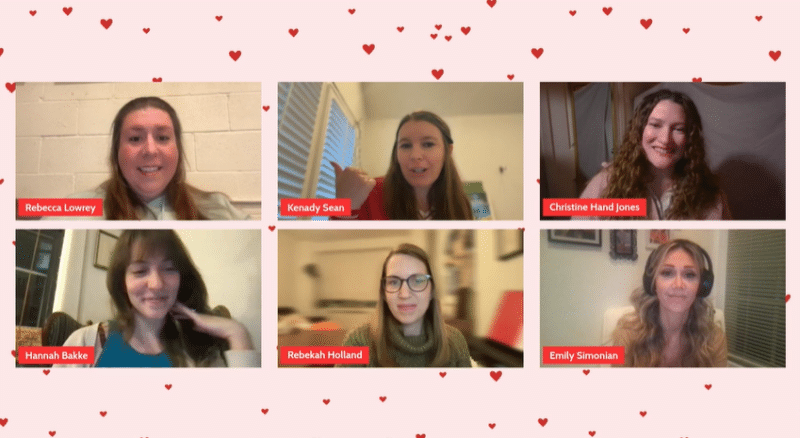
In this article, we’ll share expertise and advice we’ve gathered from all of these resources to help you plan your next NYC cabaret or concert performance, and we’ll continue to update the article with additional tips, links, and anecdotes as they become available.
In This Guide
- When is the right time to try a concert reading?
- Setting goals and expectations
- Choosing your NYC venue
- How to book your show at these venues?
- Selecting and structuring your performance
- Finding the right team
- What does it cost?
- Funding and budgeting strategies
- Rehearsal logistics
- Marketing and selling tickets
- Making the most of your performance
- Where to go for more information
When is the Right Time to Try a Concert Reading?
A cabaret or concert reading isn’t the first step in developing a musical, but it can be a smart mid-point. You want your material to be strong enough to hold an audience’s attention, but flexible enough to benefit from feedback.
These kinds of shows are different from “industry presentations,” which you might hold in a venue like Open Jar. Instead, they are intended to have a “night out” atmosphere with food and drinks, which can be more appealing to a specific audience.
Think of a concert reading as a condensed version of your show. Can you trim it to 60-75 minutes and still give people a taste of your story, your sound, and your voice? If so, you’re probably ready.
Cabarets can be even looser: a songwriter’s showcase where you explain a little bit about your musical and share selected songs.
If you’re unsure if you’re ready for a concert reading or cabaret, ask yourself these questions:
- Do I have a specific goal in mind that I know a cabaret or concert reading can help me reach?
- Are my songs performance-ready? Do I have professional musical arrangements to give my musicians? (Neither venue allows pre-recorded accompaniments.)
- Do I have enough connections in New York City to overcome any challenges posed by my current location?
If the answers are yes, then you are probably ready to take this step.
Setting Goals and Expectations
Once you have made the decision to pursue an NYC Cabaret performance, take a moment (or two) to define what a successful project might look like. What do you REALLY want to walk away with at the end of the performance? Having a clear, focused, and specific goal will help you make smarter decisions throughout your planning process.
For example, some writers use a cabaret to test out new edits or orchestrations. Others want to capture high-quality video to use in pitches or submissions. Maybe you are hoping to get producers in the room or build your confidence in presenting your material publicly. You might be using this performance as a milestone in a larger development timeline — like preparing for a festival, applying to NAMT, or attracting collaborators for a full workshop or performance.
One thing to note: when setting creative goals, it is usually wise to make sure the goal is something entirely within your control. For example, you can control the number of industry professionals you reach out to with free tickets; you cannot control how many of those professionals attend or what they will think of your performance. You CAN control the recording and sharing of video of your performance; you cannot control whether or not those videos go viral.
But what if you have many goals for this particular performance? You should still have them mentally ranked in order of importance. That way, when inevitable unexpected costs or scheduling conflicts throw a wrench into your best-laid plans, you will have already determined what aspects of the performance are most vital.
Choosing the Right NYC Venue for Your Concert Reading or Cabaret
New York City has no shortage of performance spaces, but two cabaret venues stand out for emerging musical theatre writers: Green Room 42 and 54 Below. Each venue has its own vibe, expectations, and financial models, though both locations have been commended by members of MusicalWriters for their timely responses and friendly, professional communication.
Green Room 42
Green Room 42 is known as one of the most accessible, artist-friendly options in NYC. It’s flexible, experimental, and supportive of new work.
- Cost: The venue works on a box office split. There’s a modest $150 admin fee, and if you want to livestream your show, there’s a $100 tech fee.
- Audience: The venue seats around 150 and has a forgiving sales threshold. You don’t have to sell out the house to call the night a win.
- Booking: Send a direct pitch to programming@thegreenroom42.com. It helps to include links, past performance examples, and what kind of draw you expect.
- Lighting/Sound: Green Room 42 provides a Technical Director for sound check rehearsal and performance
- Payment: Artists receive a specified percentage of Net Box Office Receipts.
54 Below
54 Below is an iconic venue, often referred to as “Broadway’s Living Room.” With that prestige comes higher expectations. According to Rebecca Lowrey, “if you want to book at 54 Below, you have to convince them that you’re going to fill up the space.”
- Cost: Expect to pay between $1000-$1750 in artist fees, and be responsible for meeting food and beverage minimums.
- Audience: You’ll need to sell about 110 tickets to break even. It’s more pressure, but the visibility and status can be worth it.
- Booking: You’ll need a solid proposal with your show’s background, past performance history, marketing plan, and pricing strategy, emailed to booking@54below.org (View style guide here.)
- Payment: Artist fee is a partial guarantee/split, depending on show time and ticket price.
How to Book a Show at a NYC Cabaret Venue
Booking a cabaret space in NYC typically starts with a digital pitch to the venue’s programming director. Just like any pitch, it’s important to do your research beforehand. Know the vibe of the venue you’re approaching, and the specific information and traits they are looking for when scheduling events.
Your proposal should include a short description of the show, your bio, ticket price ideas, any marketing plans, and details about your past performances (if any). Most importantly, emphasize your ability to draw an audience. For many venues, it’s not about whether your show is good (they assume it is) — it’s whether people will show up.
54 Below goes so far as to provide a style guide with examples of past, successful pitches.
All in all, however, MusicalWriters members agree: The Green Room 42 is the “less intimidating” of the two venues, while 54 Below is a slightly more prestigious option.
“There was something about 54 Below that was a little bit intimidating; I think it was the vibe around ticket sales – they expect you to sell out. So I thought, maybe next time!” – Emily Simonian
In an email to Rebecca Lowrey, programming director at Green Room 42 emphasized the venue’s commitment to supporting and helping musical theatre writers: “The difference with people presenting new musical theatre works is that we really lean into offering them whatever support and guidance they need in the interest of living up to Playbill’s designation of us as ‘the place for new musicals.'”
Once accepted by whichever venue you choose, you’ll confirm the date, sign a contract, and start preparing for production.
Selecting and Structuring Your Performance
Both 54 Below and Green Room 42 have time limits on their shows: 60-70 (or 75) minutes. So that begs the question: How do you distill your show into an hour?
“Your show is like your baby and cutting your show down for one of these performances is like deciding what limbs you’re going to cut off of it before you put it out into the world.” – Rebecca Lowrey, MusicalWriters CEO
There are many ways to do this, but our key piece of advice is this: Start with what’s essential. What songs tell the clearest version of your show’s arc? What moments best represent your characters and themes? What songs and dialogue are most apt to help you meet your ultimate goals for this production?
Some writers choose to present full scenes with dialogue. Others weave together narration between songs to convey the story. In these cases, working with a director or outside expert can be very helpful.
“I think if left to our own devices, we would have put in a lot more music and dialogue, so it was SO helpful to have a director working with us to clarify the vision and help us know what to keep and what to cut. And in the process, I was so surprised by how helpful making those severe cuts were to the script overall.” -Christine Hand Jones
Other composers lean into a more casual, songwriter-style cabaret, in which you as the writer might talk about a song or share a personal story, and then let the music speak.
“For my last show at Green Room 42, I gave myself permission to lean into the concert vibe of it all… So I used it as an opportunity to banter and practice telling stories about my show for a very awesome audience.” – Hannah Bakke
Your goal isn’t to show everything. It’s to make your audience curious to hear more.
Finding the Right Team to Make Your Concert Reading a Reality
You don’t need a full Broadway crew, but there are certain “hats” that you – or someone you hire – will need to wear. Additionally, it’s recommended that at least one of your production team have experience in New York specifically.
“If you produce cabaret in any city, you’re probably going to be successful producing cabaret in New York. But I think it’s going to be important to have at least one connection – even if it’s just one of your actors – who has had the experience of working with and at one of these venues.” – Rebecca Lowrey
Performers
Unless you are doing a solo singer-songwriter-showcase style performance, you will need vocalists and/or instrumentalists to perform in your cabaret or concert reading. Many writers put out casting calls online and accept audition submissions, if they do not already have specific performers in mind for their show.
“I had been trying to find Armenians in New York City in musical theatre before I put out my casting call, thinking it would be a small pool, but it turns out there’s a lot. And I found them all and I hired them all. It went so well that I’m now over budget.” – Emily Simonian
Producer
You may be self-producing, but someone has to manage logistics, budget, and communication. Many of our members either self-produce their NYC performances, work with a mentor or friend they already know, or end up partnering with a group like BroadwayDNA.
Music Director
A non-negotiable. They’ll lead rehearsals, hire and direct the band, and ensure the musical integrity of your performance. This person can also serve as a General Manager, helping you locate specific performers or rehearsal accommodations.
Director
If your show involves narration, transitions, or any form of staging, a director can be incredibly helpful. One important criteria to look for in a director would be looking for someone who has experience with the type of performance you are planning – be it staged reading, concert reading, cabaret, etc.
When it comes to directors, MusicalWriters members have had luck reaching out via Facebook groups or emailing a one-sheet of the show directly. The Maestra website directory is another great resource for finding producers, music directors, instrumentalists, etc.
Marketing Support
If you’re not confident in your promotional skills, hiring someone (even for a few hours a week) can make a big difference. Because the only source of potential profit for your performance will be based on ticket sales, it’s important that someone is putting effort and intention into marketing your show and selling as many tickets as possible.
Multi-Hat Humans
One other important thing to note is that the same individual can fill more than one of these roles. Some directors (but not all) can both music direct and stage direct. Or you might find a performer who’s a savvy social media marketer.
What Does it Cost to Produce a Cabaret or Concert Reading?
The price tag for these kinds of projects can vary widely, depending on the scope of your show and your choices. Base venue costs range from a few hundred to a few thousand dollars. Then come the musician and performer fees — often the biggest part of your budget. Paying people fairly, especially in New York, is critical.
You might also spend money on marketing (especially if you’re trying to pack the house), rehearsal space, and video services. Some budget friendly options for rehearsal space include Ripley-Grier and Open Jar Studios.
A ballpark range? Plan for $5,000 – $10,000. It can be done for less, but that’s a safe place to start.
Some more specific cost ranges that were shared in our February 2025 Masterclass for a single night performance:
- Instrumentalists: $200-$350 each
- Vocalists: $50-$100 (These venues provide great video for performers, so that is often taken into account as part of their payment)
It’s important to mention that if you sell out your shows, you could break even on the performance. Most musical writers producing shows at these venues do not make money, but it is possible to make back some to all of your costs.
Funding and Budgeting Strategies
Most artists don’t fund these shows out of pocket, and you shouldn’t feel like you have to either. There are many different options when it comes to funding your NYC cabaret or concert reading.
Minimize Costs by Minimizing Your Cast
Just like any production, the human performers and team will be the biggest chunk of your budget. So a cast of 4 will be much less expensive than a cast of 16. A band of 7 will be far more expensive than a band of 3.
(Or Your Cast Members’ Time Commitment)
In certain situations, you can get performers to donate their time and abilities to your production. The less time and energy commitment you’re expecting from your performers, the more likely it is you can find ones to work for “2 drinks at the bar.”
Crowdfunding
Platforms like Seed & Spark, Kickstarter or Indiegogo can help if you have a community willing to chip in.
Fiscal Sponsorships
Organizations like Fractured Atlas allow you to accept tax-deductible donations.
Grants and Supporters
Some writers seek support from cultural foundations, family foundations, or individual donors.
“I applied for a grant from the Armenian International Women’s Association, and also partnered with Fractured Atlas as a fiscal sponsor, so that through them we can collect tax-deductible donations.” – Emily Simonian
Self-Investment
If you choose to fund your performance yourself, treat it like an investment. What value can you get from the performance afterward?
“I’ve just been putting away half my paycheck every pay period, and I’m funding it myself.” – Rebekah Holland
Rehearsal Logistics
You’ll need at least one full cast rehearsal and one sitzprobe (rehearsal with musicians). Many artists try to keep it tight: one on one music rehearsals, followed by one or two full run-throughs.
“Even for our staged readings here in Texas, we knock out all the rehearsal in a week. I think a lot of times that’s how you can ensure that you get the best people who might just have that one week available.” – Rebecca Lowrey, MusicalWriters CEO
Popular rehearsal spaces include Ripley-Grier, Open Jar, Dramatist Guild, Smash Studios, Studio 535, and Michiko Studios. These are affordable and centrally located. You can even hold rehearsals in an apartment if necessary.
This map shows the locations of all the venues mentioned in this article: https://maps.app.goo.gl/iBe2M81DHEWxfX6F9
Remember to schedule your rehearsals around people’s availability. Tools like When2Meet or Doodle can help coordinate times, and were recommended by our members.
“I put the rehearsal schedule on the Playbill performer submissions announcement, so we were able to weed out people who were not available when the music director and I needed them to be.” -Rebekah Holland
Another best practice is to make sure and give all your performers more information and digital support than they could ever want before the rehearsals begin: demo tracks, accompaniment tracks, etc.
Marketing and Selling Tickets
Ticket sales are usually the deciding factor in whether your performance is financially successful. Here are some suggestions for getting as many “butts in seats” as possible at your next cabaret or concert performance:
Social Media
Start by promoting across your social platforms. Share rehearsal clips, performer shout outs, and personal reflections. The more excited and present you seem online, the more likely people are to attend. And remember, it usually takes people at least 6 times of viewing something online before they take action, so don’t be afraid to talk about your show A LOT online.
“An advice I got from a friend that I think is so good is: BE DUMB AND POST. And do not underestimate the power of making stupid little videos of yourself. If you can make people laugh, they will reward you with buying tickets.” – Hannah Bakke
Performer Name Recognition
Casting recognizable performers with local networks can help immensely. These performers typically have their own built-in, loyal audience, and their presence in your show is a great form of “social proof” for other potential audience members as well.
Direct Outreach
Don’t forget the value of email newsletter, press releases, and one-on-one outreach to people you know in the industry. Most producers or industry higher ups will not attend unless you pay for their ticket, so keep that in mind when planning your budget.
Livestreaming Your Concert Reading
Utilize livestreams if possible. Both Greenroom 42 and 54 Below provide livestream options. Virtual livestreams can be a great way for your fans outside of NYC to support you and contribute to your show’s revenue.
“I hosted a livestream party in my hometown, pairing with a sponsor so I only had to charge $10 per ticket.” – Kenady Sean
Making the Most of the Performance
A cabaret performance in New Your City isn’t a one-night show. It’s a career moment.
Invite industry professionals early and follow up afterward. Use your performance video for submissions, grant applications, or a sizzle reel. Post clips online, tag your collaborators, and keep the momentum going.
No matter how the performance or your ticket sales end up, just showing that you can pull off a live NYC event makes you a more credible and visible artist.
Finally, be kind to yourself. Producing a show in New York is no small feat. But it is a powerful step forward, one that can open many doors and take your musical writing career to the next level.
For more information…
To learn more about producing a show at a New York City cabaret venue, check out these related articles on MusicalWriters.com!
- Types of Readings for New Musical Development
- How Writers and Directors Work Together on New Musicals
- Member Spotlight: Kenady Sean
Members of MusicalWriters.com have insider access to conversations, tips, and templates related to these kinds of questions and more. Click HERE to learn about joining the MusicalWriters.com community.
And finally, if you have additional questions, please leave them in the Comments section below. We’ll be adding to this guide, based on your questions and our members’ experiences!

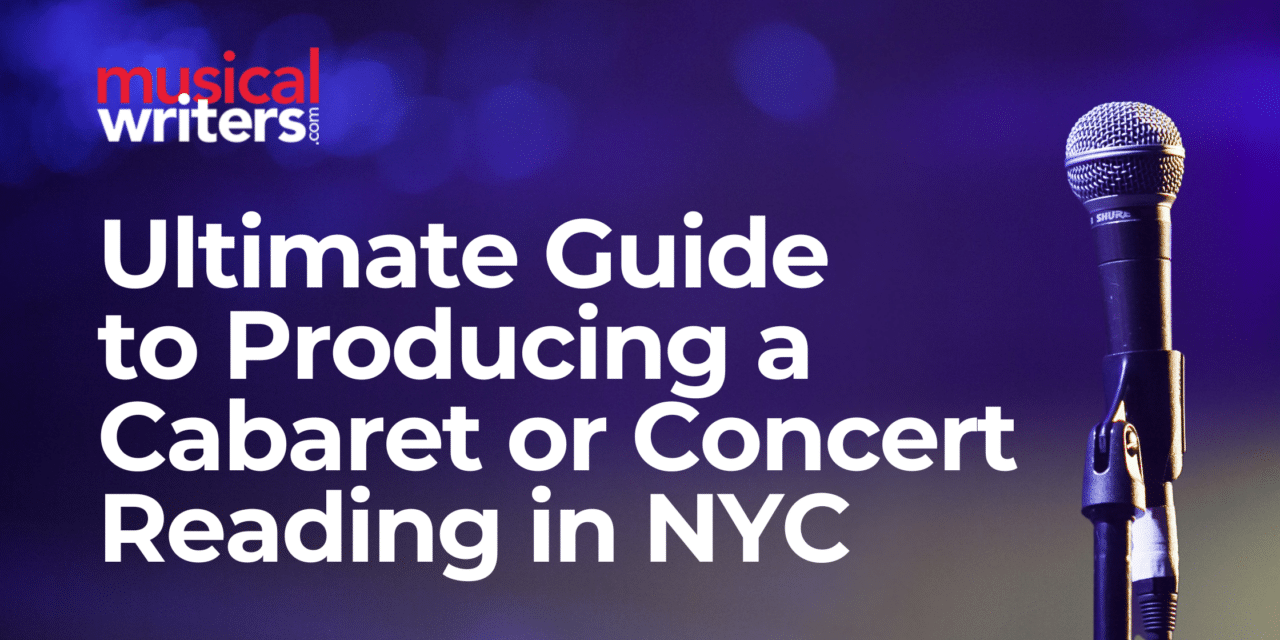
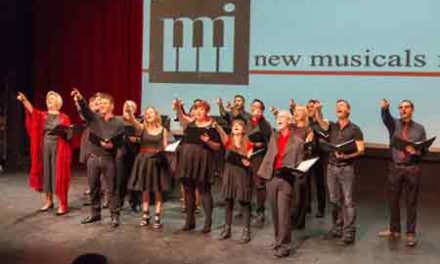
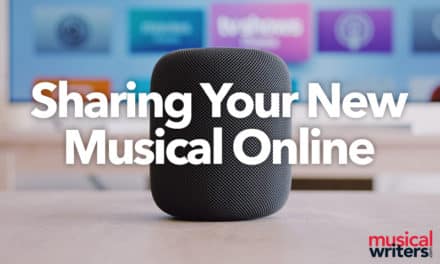
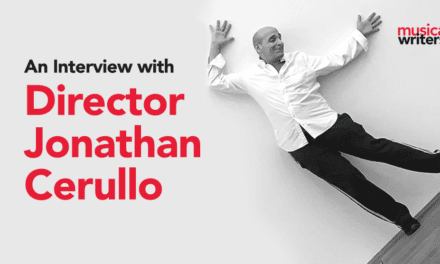



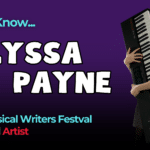


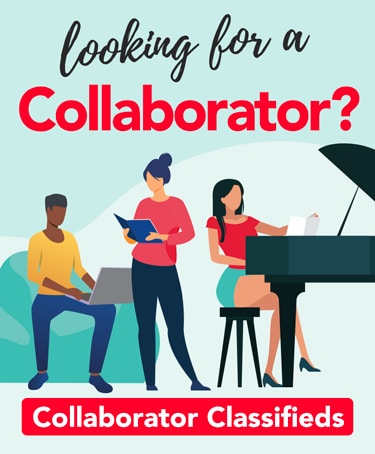
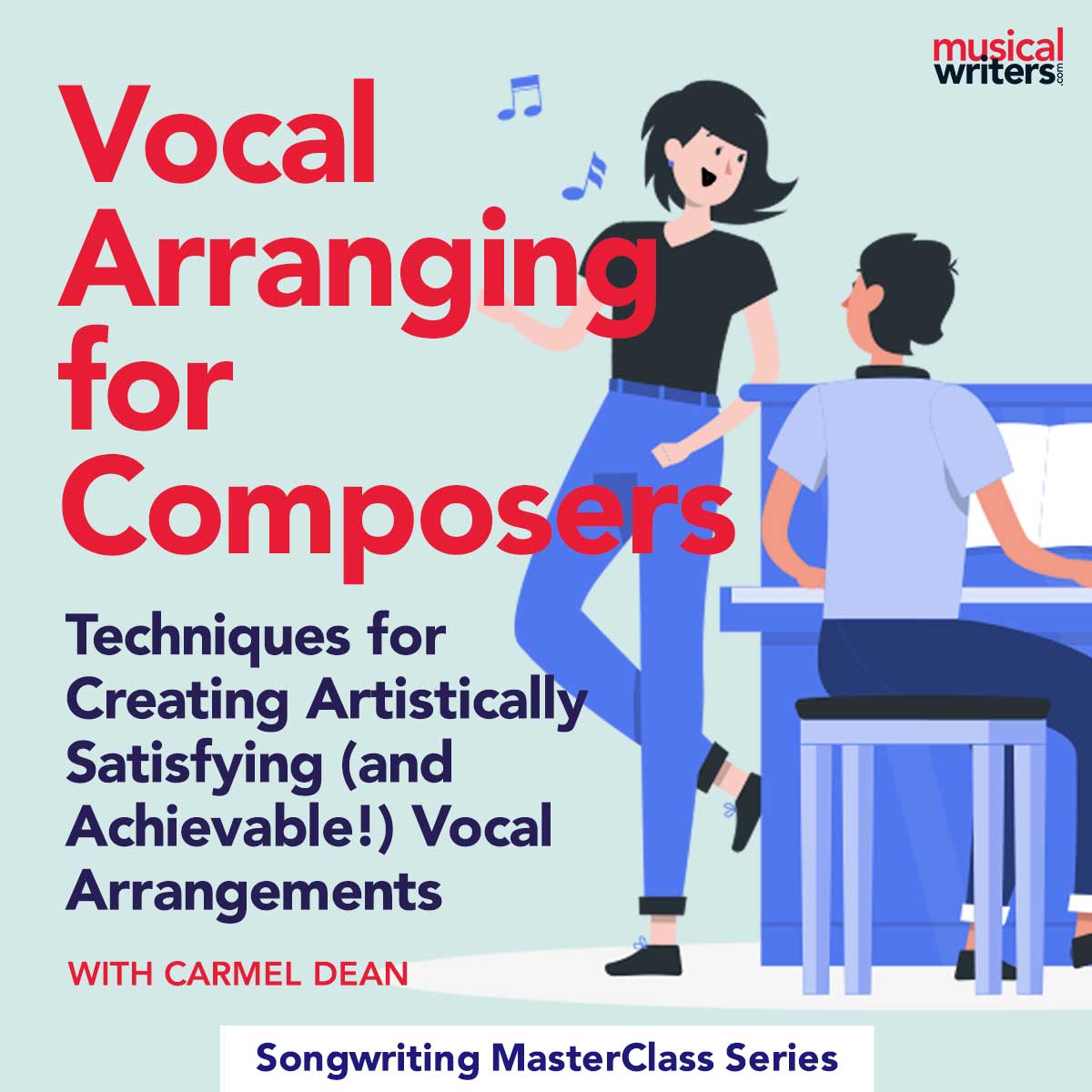
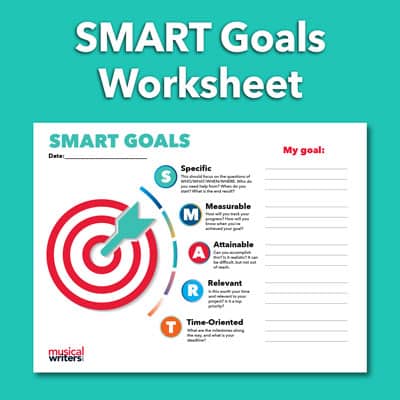



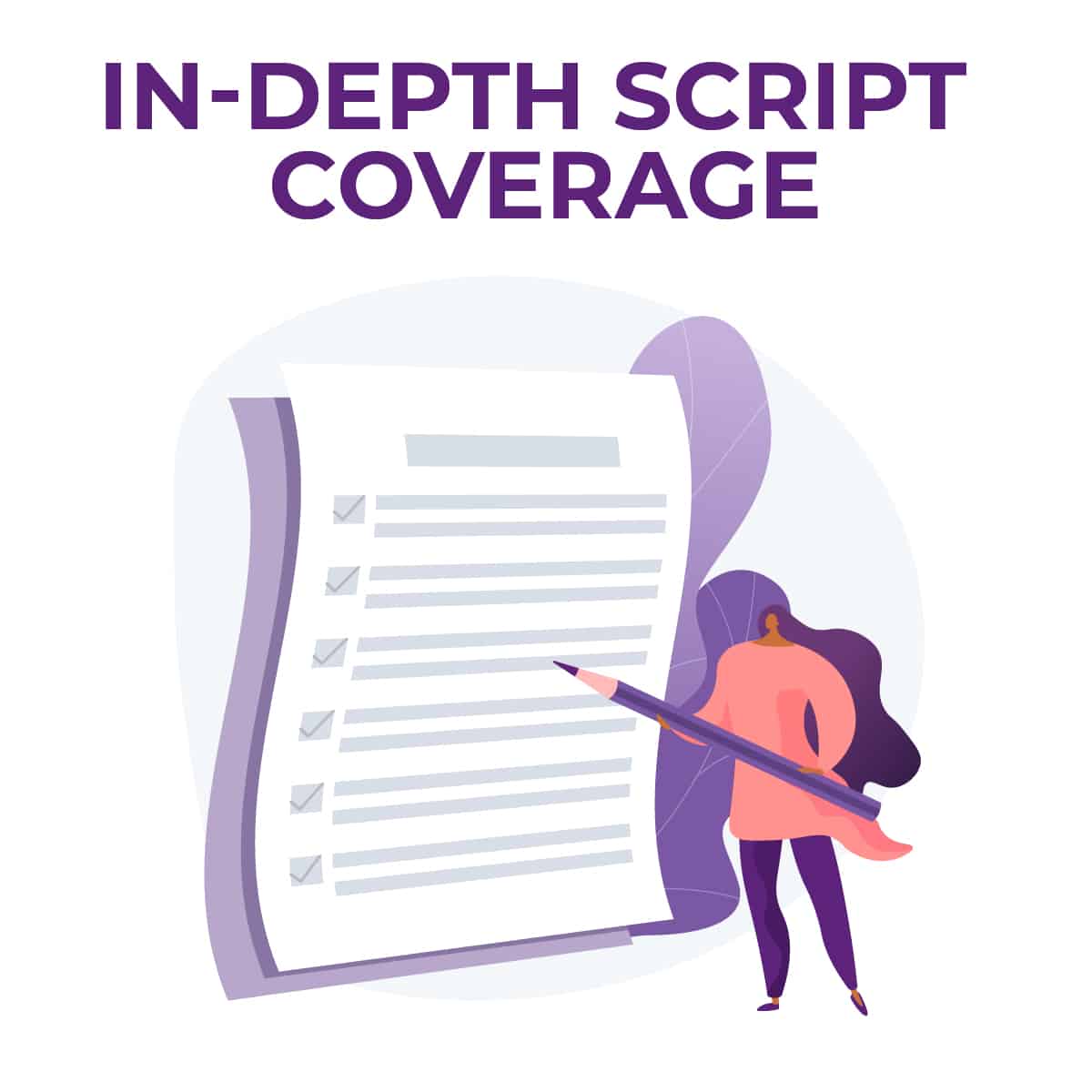
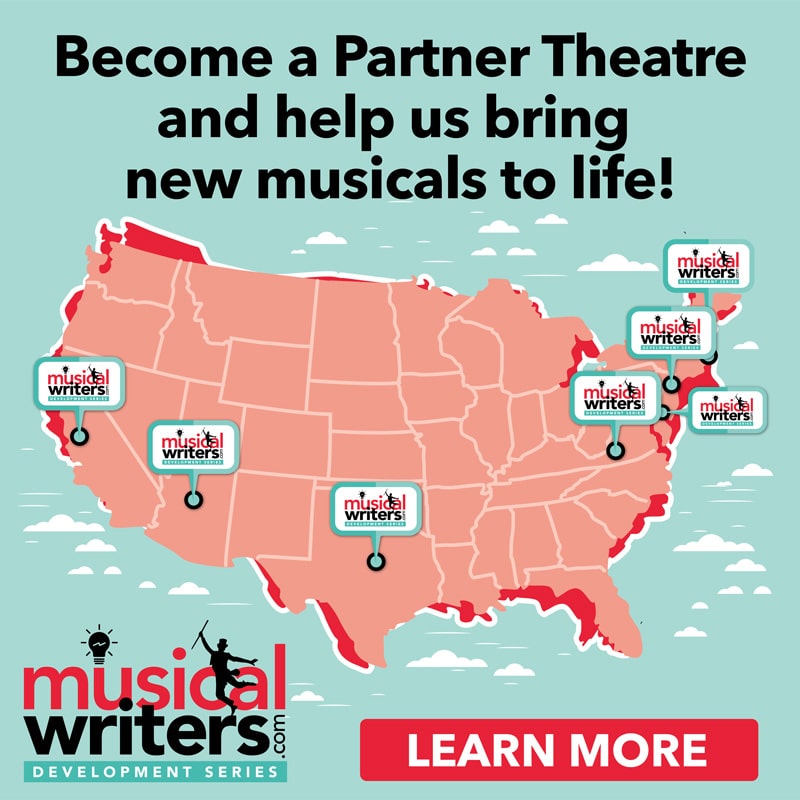

Hi, Amanda. Thanks for the helpful article. I have already done two readings of one of my musicals, using an all Actors Equity cast. Assuming that we’re talking about a “29-hour reading,” what restrictions might there be on using AEA performers in a cabaret venue, and/or on livestreaming? Thanks!